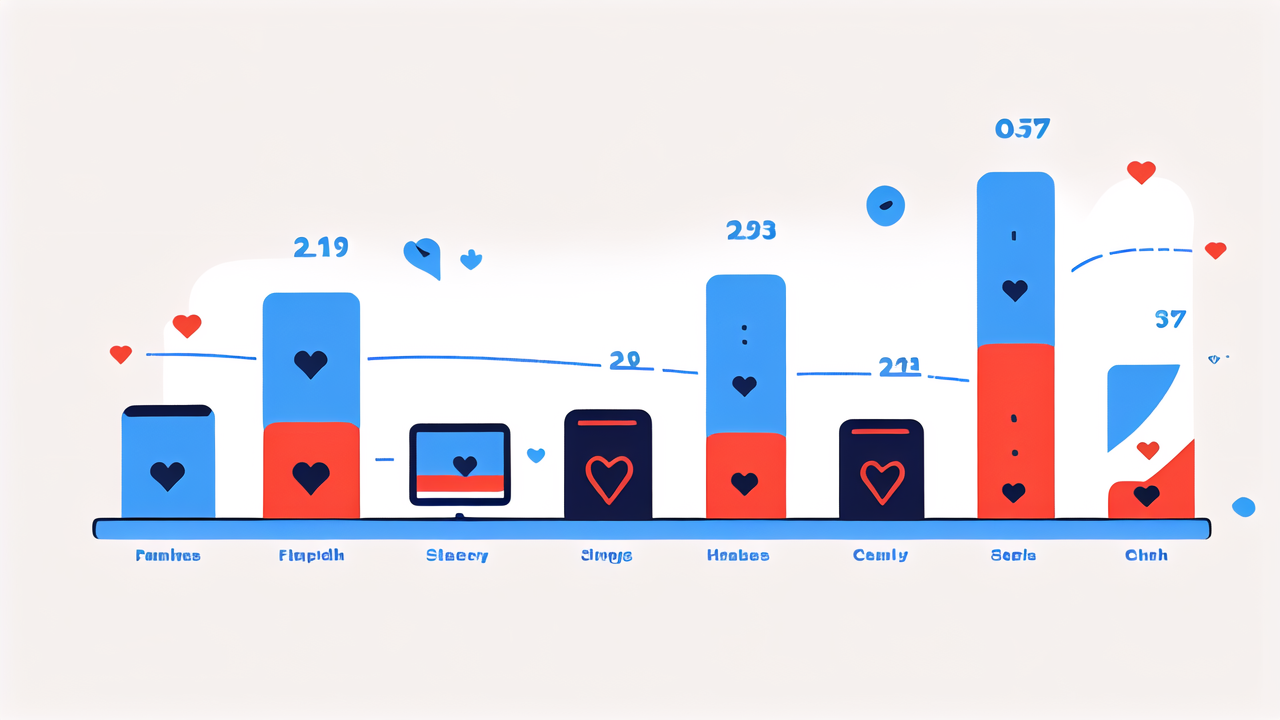The Advent of Fitness Watches in the United States Market
The Evolution of Fitness Watch Technology
Fitness watches have come a long way since their inception. They started as simple pedometers. These devices only counted steps. Over time, they evolved into more complex gadgets. Today's fitness watches can track heart rate, sleep patterns, and more.

The first fitness watches were bulky and had limited features. They often needed separate chest straps for heart rate monitoring. Now, watches use optical sensors on the wrist. This makes them more comfortable and user-friendly.
Battery life has also improved significantly. Early models lasted only a few hours. Modern fitness watches can go for days or even weeks on a single charge. This makes them more practical for everyday use.
The Rise of Consumer Interest in Fitness Wearables
The growing interest in health and wellness has fueled the popularity of fitness watches. People are more aware of the importance of physical activity. They want tools to help them track their progress.
Fitness watches offer a convenient way to monitor various health metrics. They provide real-time data on steps, calories burned, and active minutes. This instant feedback motivates users to stay active and reach their fitness goals.
Social features have also boosted interest. Many fitness watches allow users to share their achievements. They can compete with friends or join online communities. This social aspect adds fun and motivation to fitness tracking.
Market Growth and Adoption Trends
The fitness watch market has seen explosive growth in recent years. Sales have surged as more people embrace wearable technology. The COVID-19 pandemic further accelerated this trend. It made people more health-conscious and interested in home fitness solutions.
Adoption rates vary across age groups. Younger adults are more likely to use fitness watches. However, older adults are catching up. They see the value in monitoring health metrics like heart rate and sleep quality.
Price points have also influenced adoption. Early fitness watches were expensive. Now, there are options at various price points. This has made the technology more accessible to a wider range of consumers.
Key Players and Innovations in the Fitness Watch Industry
Leading Brands and Their Market Strategies
Several brands dominate the fitness watch market. Apple, Fitbit, and Garmin are among the top players. Each has its own strategy to attract and retain customers.

Apple focuses on seamless integration with its ecosystem. Their watches work perfectly with iPhones and other Apple devices. This creates a smooth user experience and encourages brand loyalty.
Fitbit emphasizes simplicity and affordability. They offer a range of products for different needs and budgets. Their user-friendly app and social features have helped build a strong community.
Garmin targets serious athletes and outdoor enthusiasts. They offer rugged watches with advanced features. These include GPS tracking, altimeters, and long battery life for extended adventures.
Innovations in Design and Features
Fitness watch design has evolved to balance function and style. Early models were purely utilitarian. Now, many watches can pass as fashionable accessories. Some offer customizable watch faces and interchangeable bands.
New sensors have expanded tracking capabilities. Some watches can measure blood oxygen levels and skin temperature. Others can detect falls or irregular heart rhythms. These features make fitness watches valuable health monitoring tools.
Battery life remains a key area of innovation. Some watches now use solar charging to extend battery life. Others have developed low-power modes to conserve energy during long workouts.
The Role of Ecosystems and Connectivity
Fitness watches are increasingly part of larger ecosystems. They connect with smartphones, smart home devices, and health apps. This integration enhances their functionality and value to users.
Many watches now support contactless payments. This adds convenience for users on the go. Some can control smart home devices or respond to messages directly from the wrist.
Data privacy and security are growing concerns. Companies are investing in encryption and secure data storage. They're also giving users more control over their data sharing preferences.
The Future of Fitness Watches: Predictions and Market Potential
Emerging Trends in Fitness and Technology
Artificial intelligence (AI) is set to play a bigger role in fitness watches. AI can provide personalized insights and recommendations based on user data. It could help predict health issues before they become serious.

Continuous glucose monitoring is an exciting frontier. Some watches may soon track blood sugar levels without needles. This could be a game-changer for diabetics and those interested in metabolic health.
Mental health tracking is another emerging trend. Future watches might monitor stress levels and mood. They could offer relaxation exercises or alert users when they need a break.
Potential Growth and Consumer Segmentation
The fitness watch market is expected to continue growing. New features will attract more users. Improved accuracy and battery life will enhance the value proposition.
We may see more specialized watches for specific activities or health conditions. For example, watches designed for swimmers or those managing chronic diseases.
Price segmentation will likely continue. There will be high-end models with cutting-edge features. But also more affordable options to capture a wider market share.
Preparing for a Healthier United States Population
Fitness watches have the potential to improve public health. They encourage physical activity and raise awareness of personal health metrics.
Healthcare providers are starting to use data from fitness watches. This can help with early detection of health issues and personalized treatment plans.
As the technology evolves, fitness watches may become essential health tools. They could help manage chronic conditions and prevent future health problems. This could lead to a healthier, more active population in the United States.




Leave a comment
This site is protected by hCaptcha and the hCaptcha Privacy Policy and Terms of Service apply.